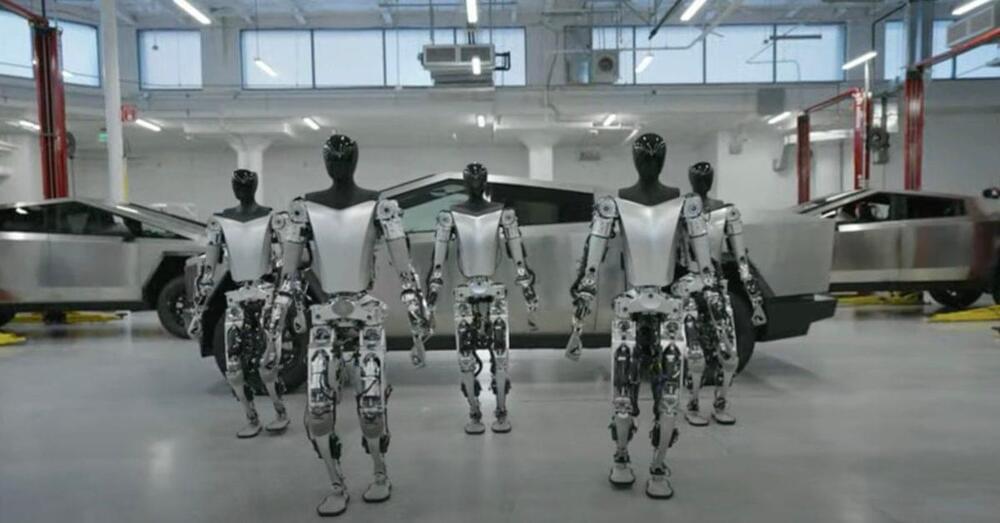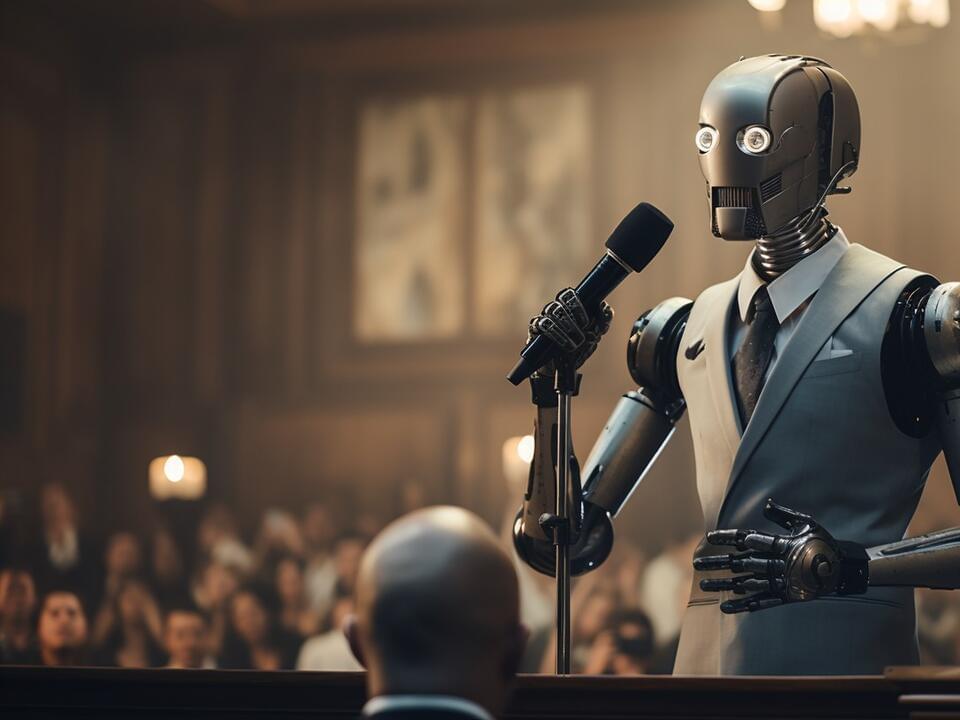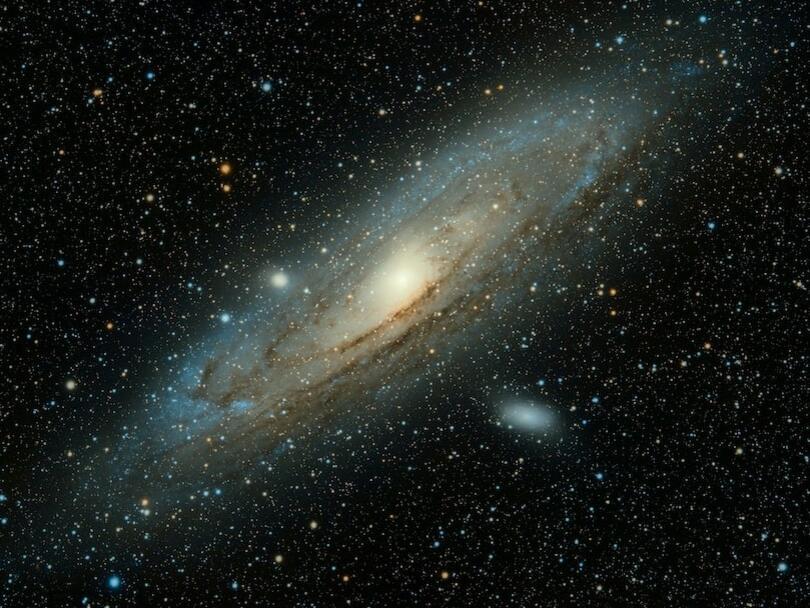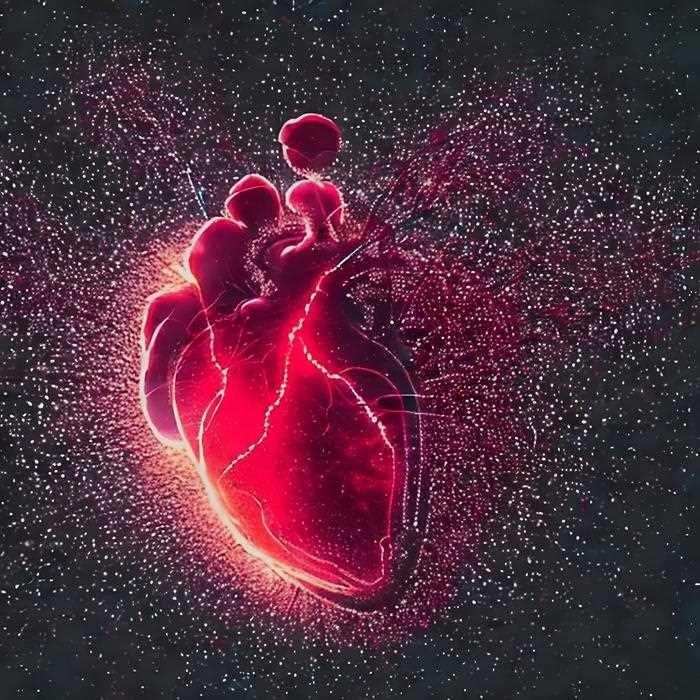Elon Musk claims that Tesla may have “figured out some aspects of AGI” as he believes that Tesla vehicles now have “a mind.”
The CEO has said several times that he believes most of Tesla’s value is attached to self-driving, ad he says Tesla could achieve it by the end of the year.
The Tesla community is divided between believers who think the automaker is indeed about to deliver on its long-stated promise, and people who have been burned too many times by missed timelines and think a robotaxi service from Tesla is still years away.







